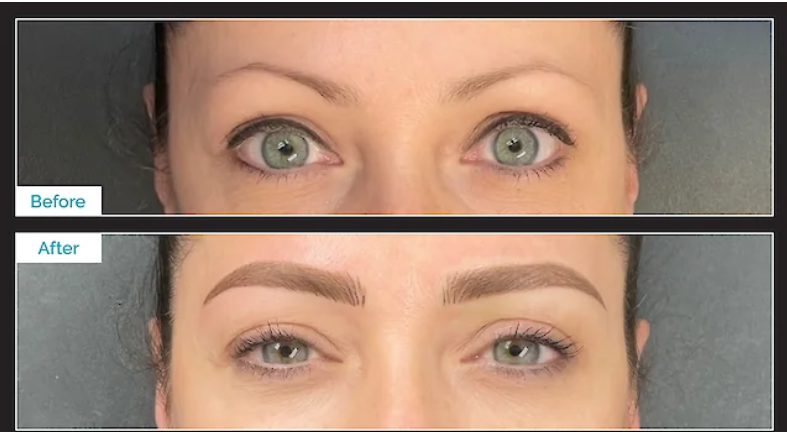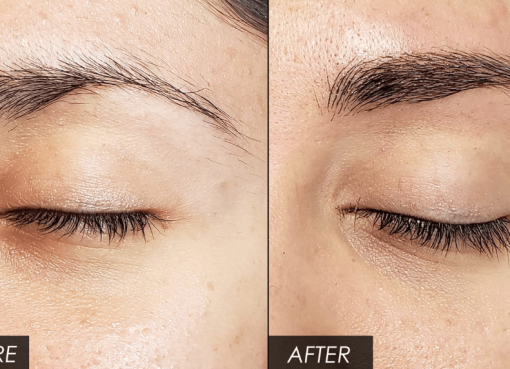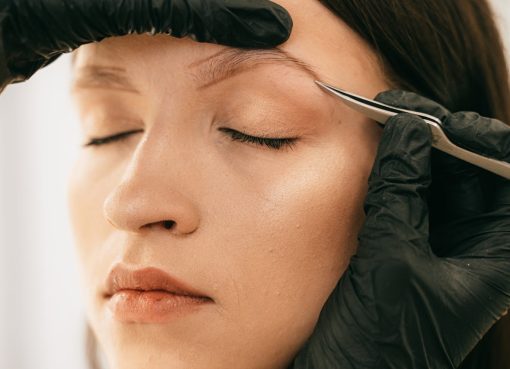Microblading Eyebrows: Risks and Benefits

Microblading has become a popular beauty trend, offering a semi-permanent solution for achieving well-defined eyebrows. This technique involves using a fine blade to deposit pigment under the skin, creating the appearance of fuller, natural-looking brows. However, like any cosmetic procedure, microblading eyebrows comes with its own set of risks and benefits. In this comprehensive guide, we will delve into what microblading is, its advantages, potential risks, signs of poor microblading, and how to choose a qualified practitioner.
What is Microblading Eyebrows?
Microblading is a form of semi-permanent tattooing designed to enhance the appearance of the eyebrows. It involves using a handheld tool with tiny needles to create hair-like strokes that mimic the natural brow hairs. The pigment used in microblading is semi-permanent, which means it will fade over time but can last anywhere from one to three years with proper care.
The Benefits of Microblading Eyebrows
Microblading offers several benefits, making it a popular choice for those looking to enhance their eyebrows:
Natural-Looking Results
One of the most significant advantages of microblading is the natural-looking results it provides. The technique creates fine, realistic hair strokes that blend seamlessly with your natural brows, giving a fuller and more defined look.
Time-Saving
For those who spend considerable time each day filling in their eyebrows, microblading can be a real time-saver. With semi-permanent pigment, you can wake up each day with perfectly shaped brows, eliminating the need for daily makeup application.
Customizable Shape and Color
Microblading allows for a high level of customization. During the consultation, you can work with your practitioner to choose the shape and color that best suits your face and personal style. This ensures that your brows complement your features and look natural.
Long-Lasting
Unlike traditional makeup, which needs to be reapplied daily, microblading offers long-lasting results. Depending on your skin type and care routine, the effects can last from one to three years before requiring a touch-up.
The Risks of Microblading Eyebrows
While microblading has many benefits, it is essential to be aware of the potential risks involved:
Infection
One of the primary risks associated with microblading is infection. Because the procedure involves breaking the skin, there is a risk of bacteria entering the wound. This risk can be minimized by choosing a qualified practitioner who follows strict hygiene practices.
Allergic Reactions
Some individuals may experience allergic reactions to the pigments used in microblading. It is crucial to discuss any allergies with your practitioner before the procedure and perform a patch test if necessary.
Pain and Discomfort
Microblading can cause some pain and discomfort, although most practitioners use a numbing cream to minimize this. The level of discomfort varies from person to person, with some experiencing mild pain and others finding it more uncomfortable.
Unsatisfactory Results
There is always a risk that you may not be satisfied with the results of your microblading procedure. This can be due to various factors, including the skill of the practitioner, the healing process, or personal preferences.
Bad Microblading Eyebrows
Poorly executed microblading can lead to undesirable results. Here are some signs of bad microblading:
Uneven Brow Shape
Uneven or asymmetrical brows are a clear sign of bad microblading. This can result from poor technique or incorrect measurements taken during the procedure.
Unnatural Color Tone
The pigment color should match your natural brow hair and skin tone. If the color is too dark, too light, or has an unnatural hue, it indicates a poor job.
Visible Strokes
Microblading is meant to create fine, natural-looking hair strokes. If the strokes are too thick, too long, or too widely spaced, it can result in an unnatural appearance.
Allergic Reaction
Signs of an allergic reaction include redness, swelling, itching, and rash around the brow area. If you experience these symptoms, it is essential to seek medical advice promptly.
How to Fix Bad Microblading
If you are unhappy with your microblading results, there are several ways to address the issue:
Consult with a Professional
The first step in fixing bad microblading is to consult with a professional. They can assess the situation and recommend the best course of action, which may include corrective procedures or removal.
Camouflaging with Makeup
While not a permanent solution, using makeup to camouflage bad microblading can help improve the appearance of your brows temporarily. Use brow pencils, powders, or concealers to even out the shape and color.
Embrace the Healing Process
Sometimes, the initial results of microblading can be misleading. As the brows heal, they may lighten and even out. Be patient and give your brows time to heal before deciding on further action.
Color Correction
Color correction can be performed by a skilled microblading artist to adjust the pigment tone. This involves applying new pigment to neutralize or alter the existing color.
Microblading Removal
In severe cases, microblading removal may be necessary. This can be done using techniques such as saline removal or laser treatment. Both methods involve breaking down the pigment and allowing it to fade over time.
How to Choose a Qualified Microblading Practitioner
Choosing the right practitioner is crucial to achieving the best results and minimizing risks. Here are some tips for selecting a qualified microblading artist:
Check Qualifications and Certifications
Ensure that the practitioner has the necessary qualifications and certifications to perform microblading. Look for credentials from reputable training organizations and professional associations. Verify that they have completed rigorous microblading courses that equip them with the skills and knowledge needed for the procedure.
Review Portfolio and Testimonials
Examine the practitioner’s portfolio to assess the quality of their work. Look for before-and-after photos of previous clients and read testimonials to gauge their satisfaction levels.
Hygiene Practices
Hygiene is paramount in microblading. Make sure the practitioner follows strict hygiene protocols, including using disposable tools and wearing gloves during the procedure.
Consultation Process
A good practitioner will offer a thorough consultation to discuss your expectations, assess your skin type, and plan the procedure. They should also provide detailed aftercare instructions to ensure proper healing.
Communication and Comfort
Choose a practitioner who communicates clearly and makes you feel comfortable. You should feel confident in their abilities and comfortable asking questions or expressing concerns.
Conclusion
Microblading eyebrows can offer beautiful, natural-looking results and save time in your beauty routine. However, be aware of potential risks and signs of bad microblading. Choose a qualified practitioner and follow proper aftercare to minimize risks and ensure optimal results. Understanding the microblading healing process, including initial scabbing and flaking, is vital. Avoid actions like picking or scratching the treated area to prevent infection and ensure pigment retention. Keeping your eyebrows moisturized during healing enhances the final outcome. If issues arise, consult a professional. With the right care, you can achieve and maintain perfect brows.
One thought on “Microblading Eyebrows: Risks and Benefits”
-
Pingback: Nano brows vs Microblading: Understanding the Key Differences




Leave a Comment